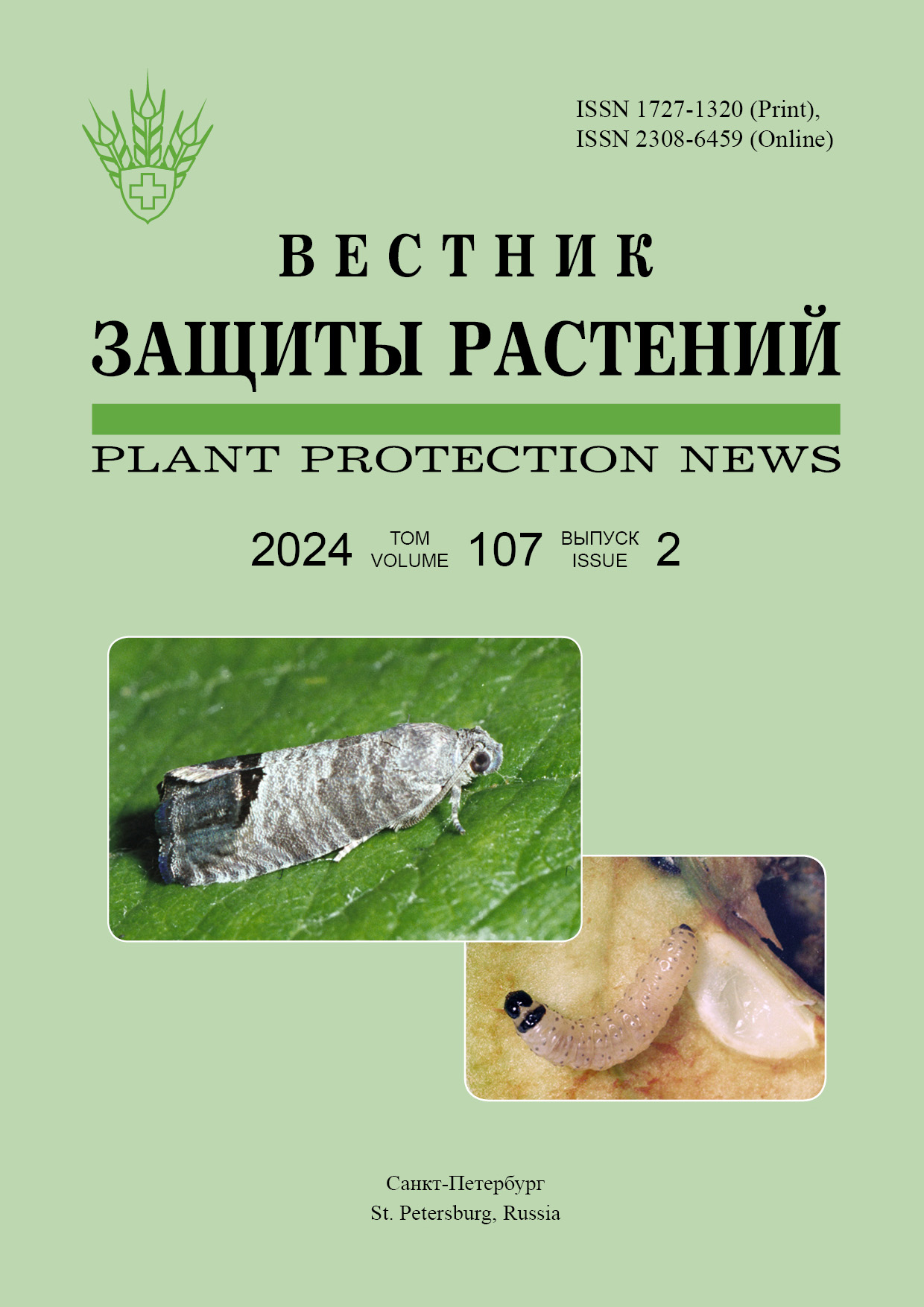Effect of temperature and density of Macrolophus pygmaeus (Heteroptera, Miridae) nymphs on their viability during mass rearing
Keywords:
predatory bugs, temperature, density, nymphal survival, adult weight, duration of development, cannibalismAbstract
When Macrolophus pygmaeus nymphs were kept in large numbers while fed ad libitum on S. cerealella eggs in the presence of water and plant leaves, their survival was significantly lower at 20–22 °C, in comparison to 24–25 °C and 27–28 °C at all insect densities tested. Development was significantly longer at 20–22 °C. The yield of adults was significantly higher at 20–22 °C as well. The weight of the adults is defined by the sex and wasn’t dependent on temperature or nymph density. We associate the decrease in survival at 20–22 °C with cannibalism due to impaired water and food consumption, a decrease in daily weight gain (1.3 times in the case of water supply and 1.5 times in the case of both water and feed supply) and desynchronization of the physiological age of the nymphs. As a result of this desynchronization, the older individuals consumed those lagging behind in development. This resulted in equalized age composition, allowing for simultaneous emergence of adults, but decreased their number. Nymphal density reliably affected their survival at temperatures of 20–22 °C and 24–25 °C. However, despite the differences between the nymphal survival scores at the higher and lower densities were statistically significant, they were quite small. During mass breeding, they can be neglected in favor of a higher density of larvae, which allows for intensification of the production of the M. pygmaeus.



